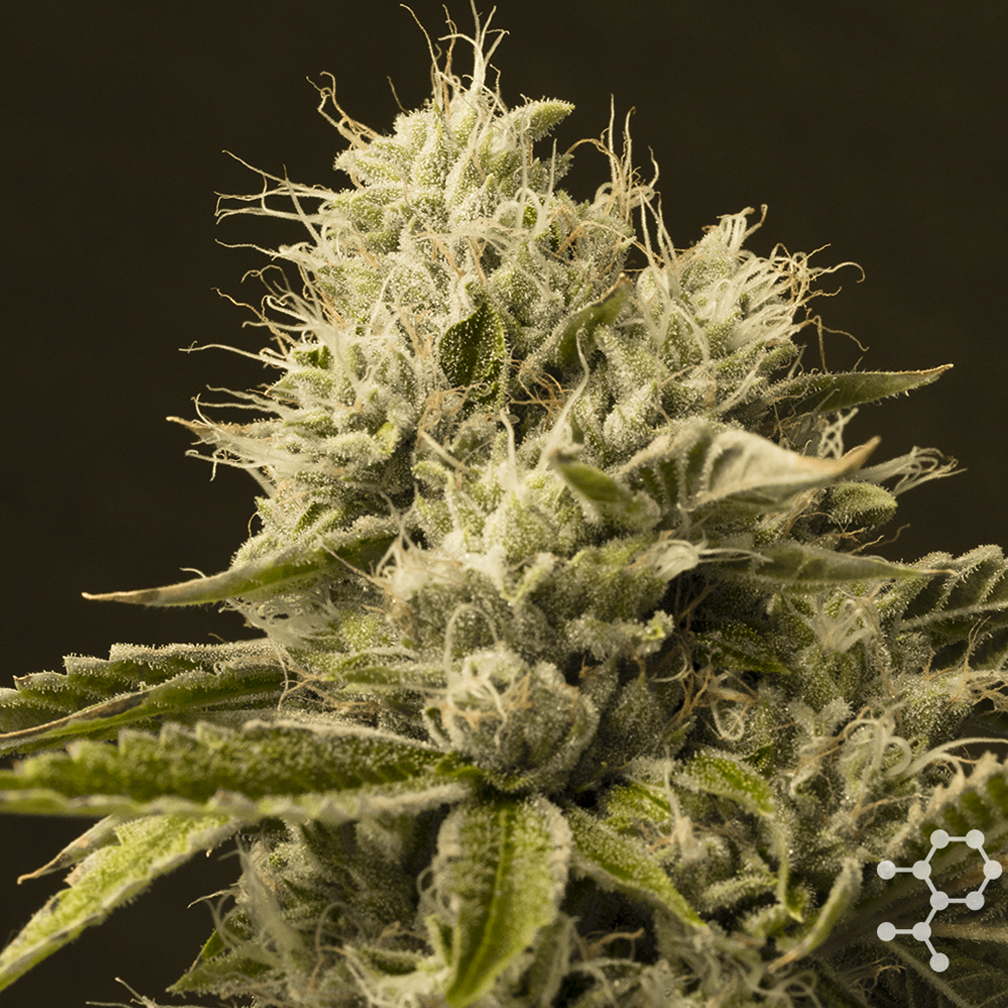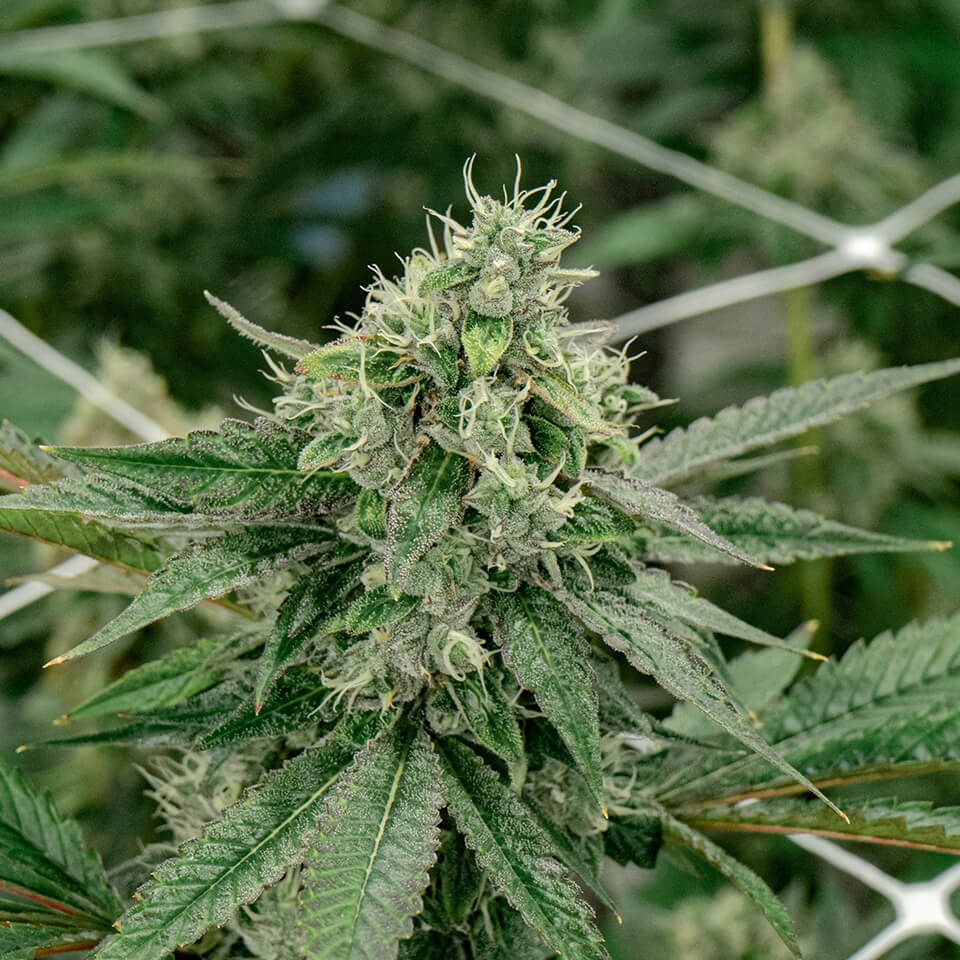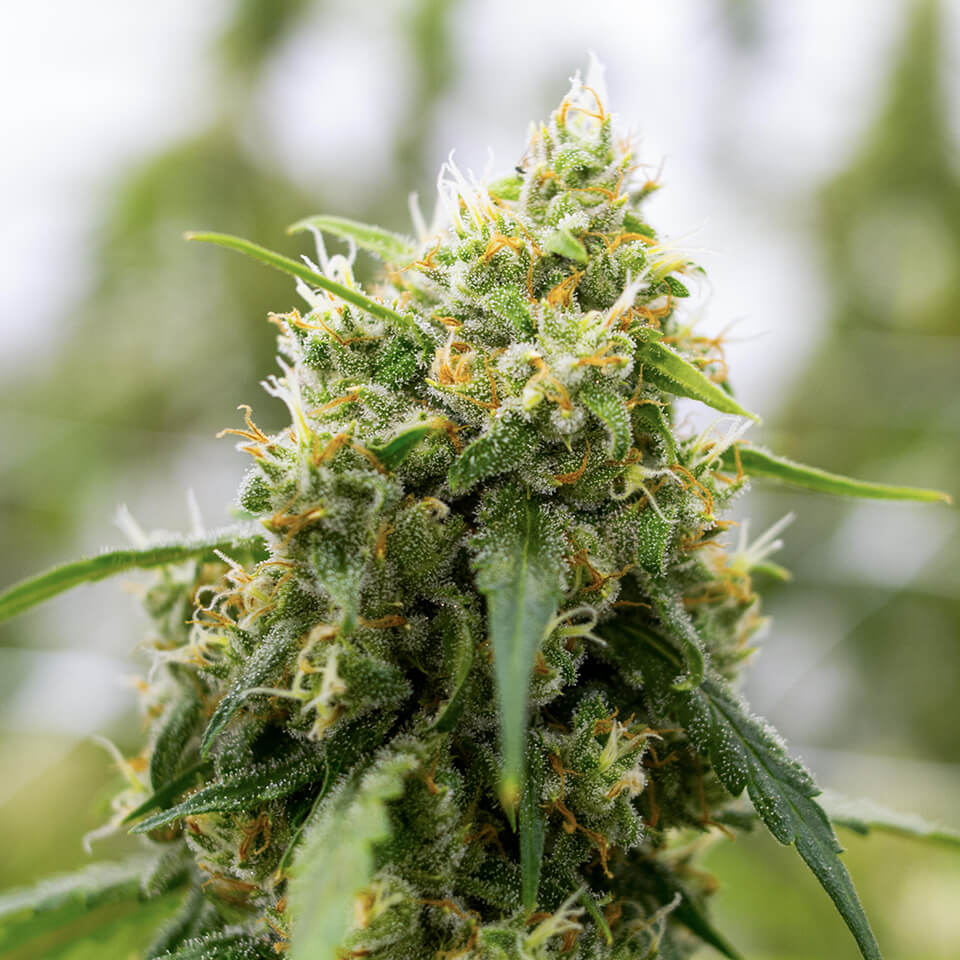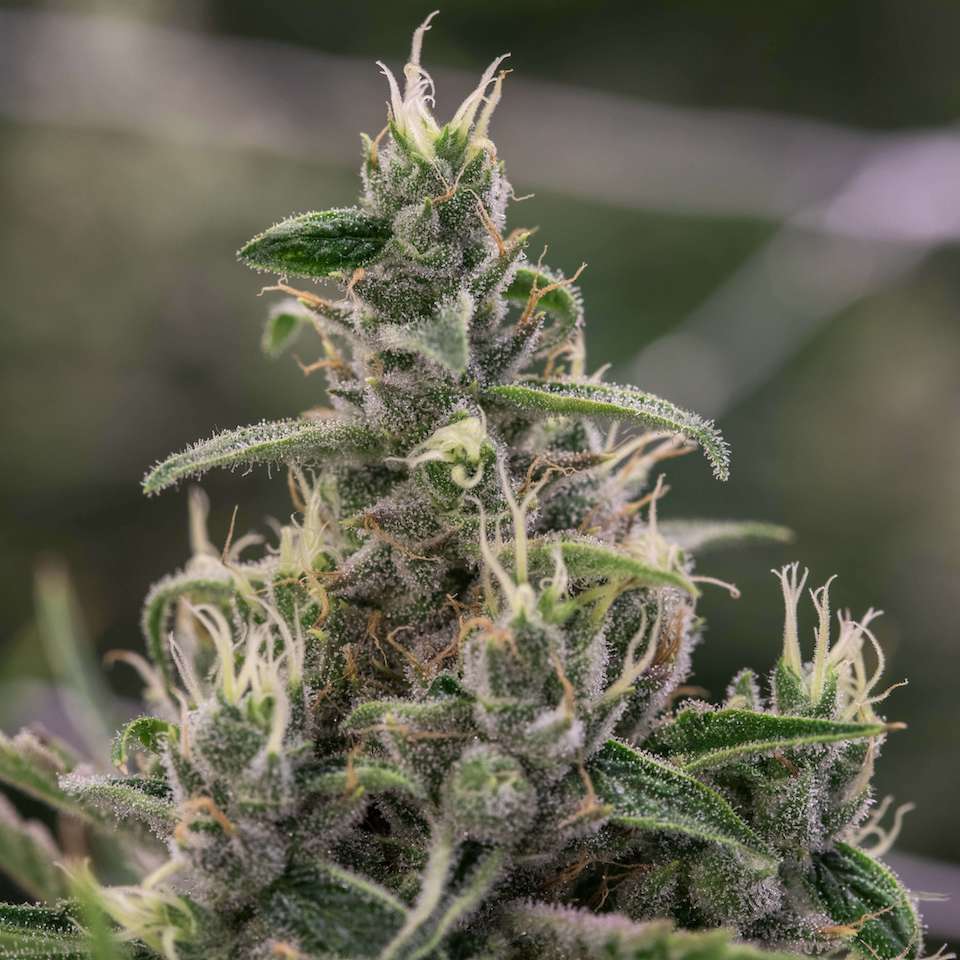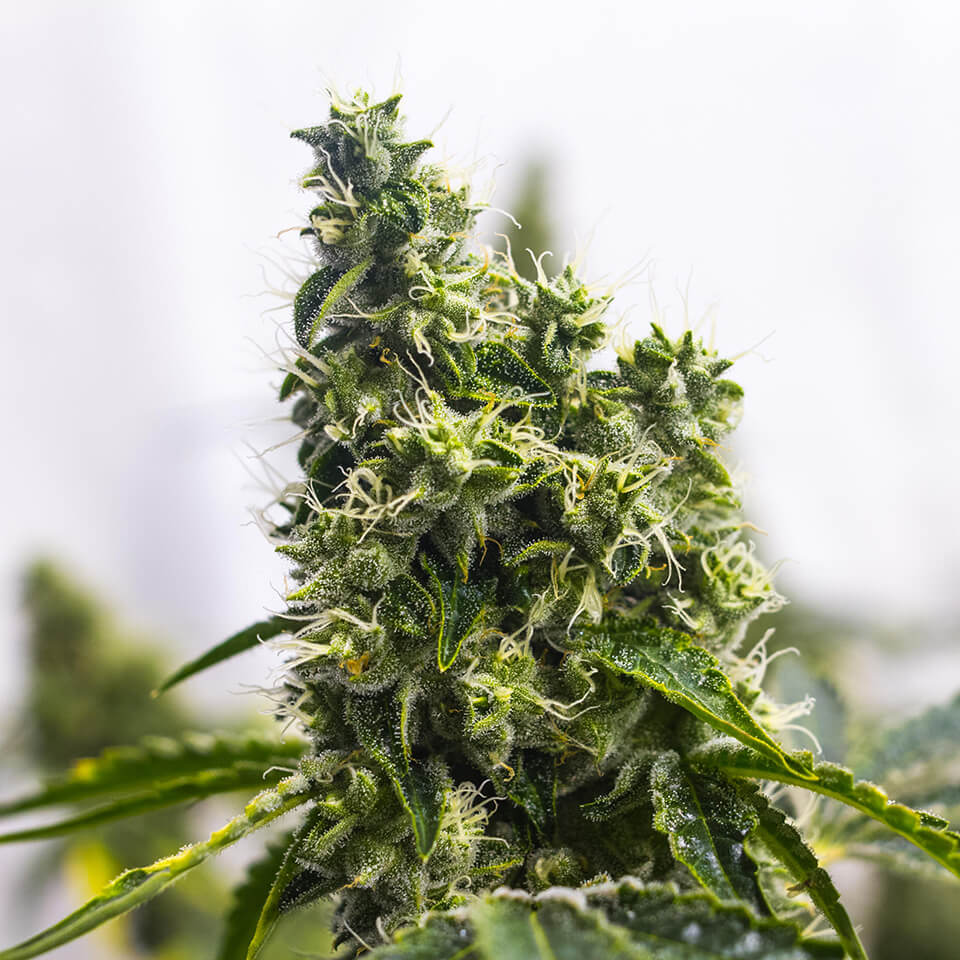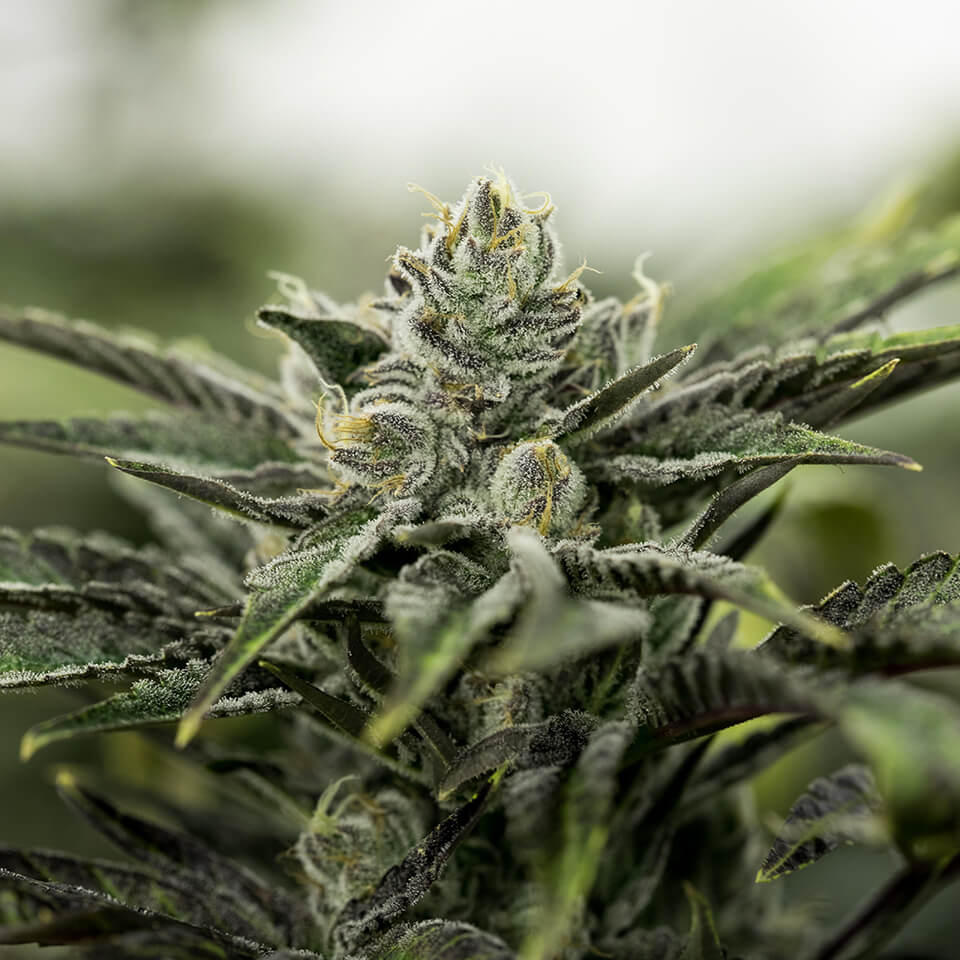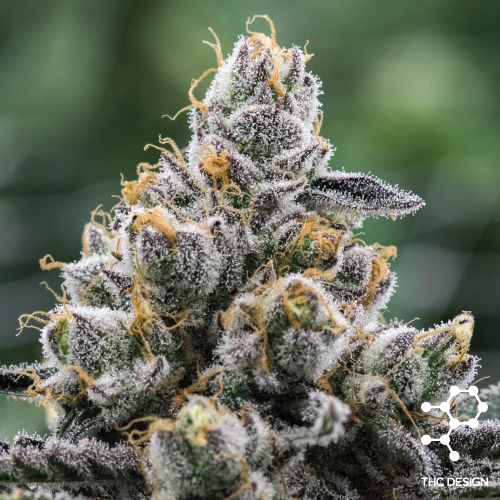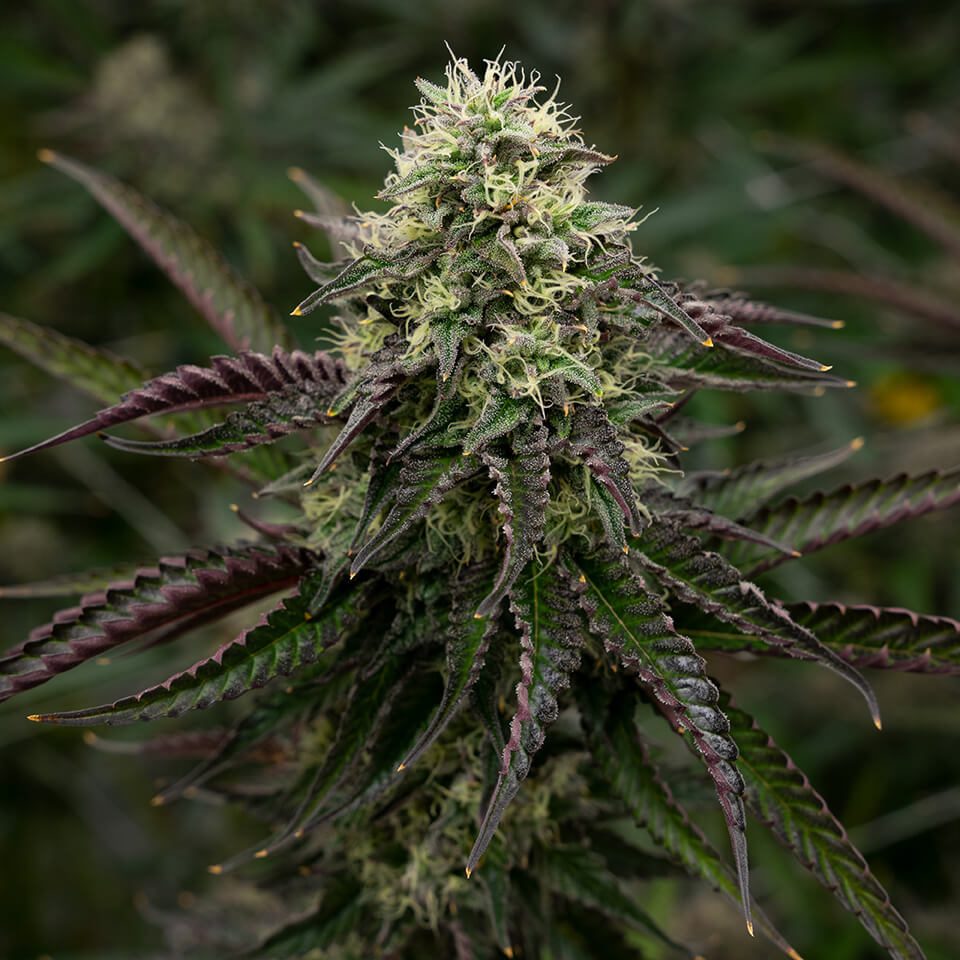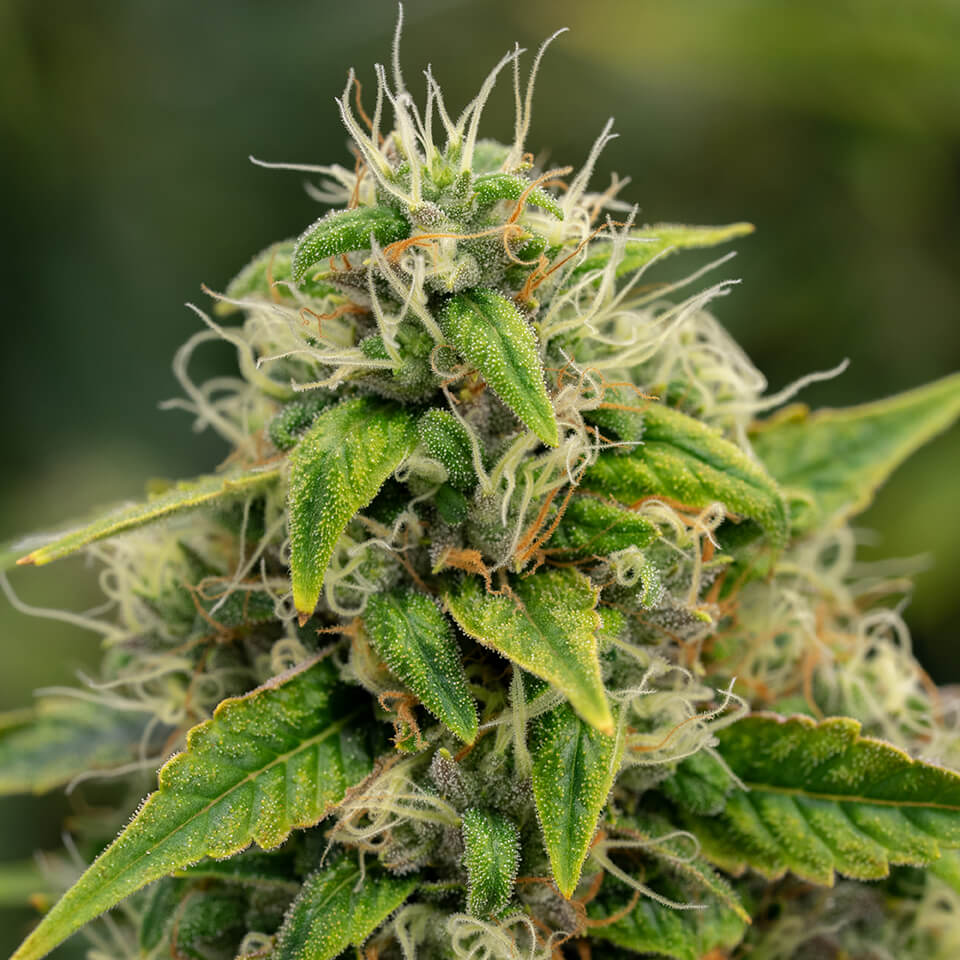Cannabis Sativa Strains
Sativa strains present the genetic traits of cannabis descended from tropical landrace cultivars that evolved in warm, humid climates. The cultivar grows taller with narrower leaves than Indicas and is commonly associated with euphoric, uplifting effects.
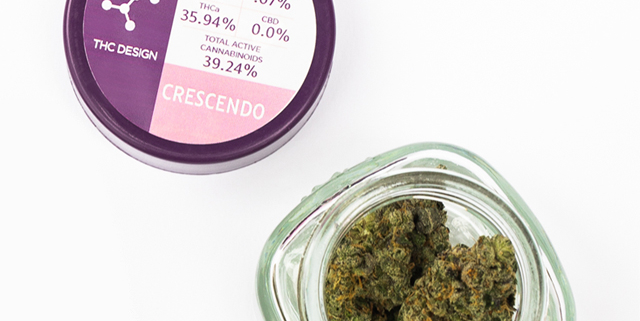
Sativa Strains
The name “Sativa” was once considered to be an accurate description for ALL cannabis, and taxonomically speaking, it’s still the botanical name for all varietals. We expect that to change in the near future. The strains typically have narrower leaves and grow taller than Indica strains due to the climate where they evolved. The higher humidity and temperature are required for the plants to stretch for increased airflow between the flowers.
Some scientists now consider there to be more than the commonly known 3 varietals (Sativa, Indica, and hybrid) and have begun grouping different cultivars into what are now several chemotypes (THC-dominant, CBD-dominant with low THC, CBD dominant with no THC, mixed dominance, myrcene-dominant, limonene and caryophyllene-dominant, terpinolene-dominant, and more).
Experienced cannabis users would likely agree that we need even more nuance than the existing categories and scientific knowledge currently allow.
We recommend making notes of which cultivars or strains work best for you, since everyone’s endocannabinoid system is different and different cultivars will affect each individual uniquely.
Physical Effects of Sativa Strains
In recent years, the strains have been stereotyped as strains or cultivars that have uplifting, euphoric properties, typically used for depression, enhancing creativity, and mood regulation. However, Sativa strains (and Indicas) are better classified by their physical characteristics and growth patterns than they are for their effects.

